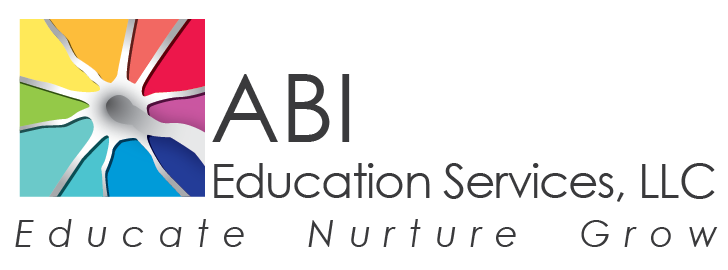Effective, In-School Service Coordination for Students with Acquired Brain Injury (ABI)
Changes in a student’s physical well-being, cognition, emotional and psychosocial behaviors after a traumatic (TBI) or acquired brain injury (ABI) can stigmatize the child in school. Therefore, it is important to address all these areas within the education system through effective service coordination. The key to successful in-school service coordination is to help provide an enriching learning environment.
The foundation that fosters effective service coordination
Three essential factors need to be working in conjunction to establish the foundation for the successful coordination of in-school services and supports. It is important that these factors work together in order for service coordination to be effective and sustainable. The building blocks of this foundation include:
Broad-based participation and support of school administrators, community leaders, youths and families.
Collaborative communication between constituents (to include inter-agency communication). This includes having a personal advocate, who is knowledgeable in the area of brain injury on the team, in order to educate all staff about the specific needs of the individual student.
Appropriate training, support, and technical assistance of school staff.
Together these three components help build and strengthen a comprehensive and effective system of services.
The three components and why they are essential for coordinating services
Specific aspects of each of the above mentioned three components: broad-based participation and administrative support, collaborative communication, and appropriate training, support, and technical assistance are discussed below. Specifically highlighted are those elements that need to be established prior to building a supportive environment for service coordination to effectively grow within school systems.
1. Broad-based and administrative support
The key is to instill broad-based support and administrative support. It is essential to have key leaders that are motivated to encourage system change and to have the school administrator’s buy-in of the change process and his/her continued support. On-going support is vital to the success of the process. Broad-based support is a key change agent because all parties involved need to help support and sustain its effectiveness.
If it is not on the administrator’s agenda, typically the issue will be ignored. Therefore, it is important to make administrators aware of the problems that exist in implementing effective services and supports to students with brain injury.
2. Collaborative communication
Another key component that helps to ensure service coordination is successful focuses on the importance of collaborative communication between constituents, all parties involved in the process of providing and coordinating services. This highlights the importance of the frequency of contact and the collaboration among those professionals and school staff. It is also important to ensure that the student (when appropriate) and the parents are included in the planning. An advocate, who is knowledgeable about the needs and educational planning for the student with a brain injury, is vital and should be on the IEP team.
A key to promoting effective service coordination is the interdependency of the existing infrastructure, i.e., those services that are already in place, and the communication that takes place within that infrastructure. Communication is essential to help ensure service coordination is effective and sustained. The goal is to build an enriching learning environment and to accommodate for the student’s ongoing and ever changing needs.
3. Appropriate training, support, and technical assistance
The third component includes having school professionals educated on the implications of brain injury on students’ lives. It is important to have those professionals who provide support on a daily basis be aware of the unique needs of these students. School professionals need to be properly trained to understand their roles and responsibilities to fully understand the importance of the IEP team structure and those services guaranteed to the student under the law.
A tiered system of training and a system of technical support and assistance are two resources that can help professionals understand and recognize how their responsibilities and roles can positively influence the success of service coordination. It is important to have a foundation of professionals that have been adequately trained to implement appropriate services and supports to students with acquired brain injury.
While it is important to understand those factors that build the foundation for successful service coordination, it is also important to understand those factors that can inhibit service coordination. These factors include, but are not restricted to: a limited time-frame to develop services, establishing interpersonal trust among constituents, negative or conflicting attitudes, breaking old and establishing new habits, mobility and turnover, lack of funding, geographic location, the breakdown of communication among constituents, inadequate training, and specific roles not being clarified within the system of services.
Summary
In order for service coordination to be successful, it needs to be multifaceted and needs the foundation of: 1) broad-based participation and administrative support, 2) collaborative communication, and 3) appropriate training, support, and technical assistance. These three components need to be established in order for the process to work in unison and seamlessly. This will create an atmosphere that fosters a connection in order to help integrate service delivery within the school system. It is important to understand what components comprise effective service coordination in order to ultimately make it sustainable.
This above blog was cited from the publication:
Kimes, K. (2009). From Service Coordination to Recovery-of-Function Phenomenon: A Paradigmatic Case Study of One School District’s Efforts to Improve Outcomes for Students With Brain Injury. UMI Dissertations Publishing. (UMI No. 10288).

